Explore the Security Features of the $100 Dollar Polymer Note, where state-of-the-art technology ensures integrity for a trusted and secure currency
100 Dollar Polymer Note
Front
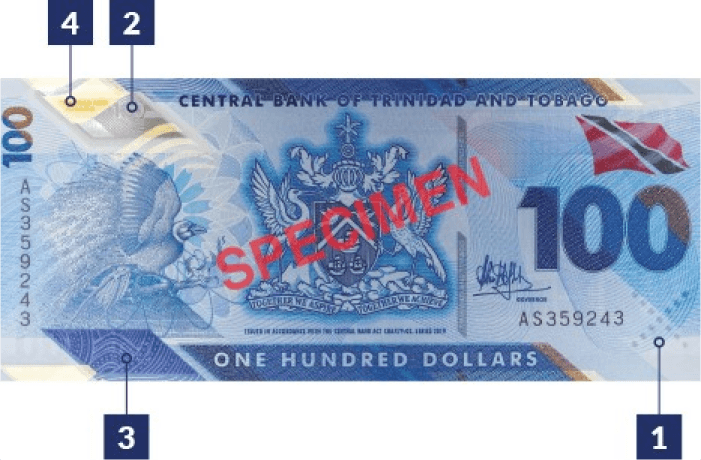
Reverse
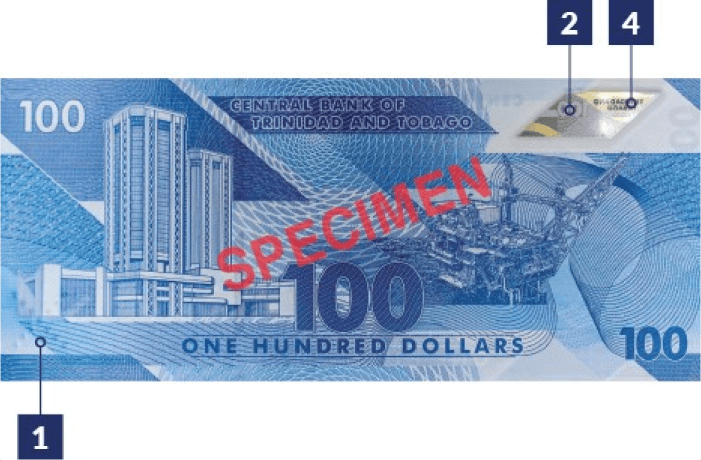
Key Security Features
FEEL
Polymer notes feel smoother than paper.
- Run your fingers over the bottom corner of the note to feel the “circle” shape.
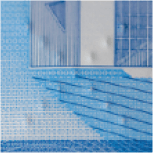
LOOK
When you hold the note up to the light you will see:
- A clear window that can be seen from the front and back of the note.
- The numeral 100 appearing in the blue print.
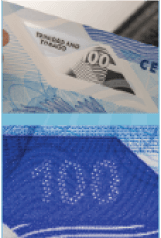
<-- DO NOT REMOVE THIS SECTION -->
TILT
As you move the note around you will see:
- Areas with a shimmering goal ink.
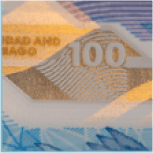
CHECK
Using an ultra-violet (UV) light and a magnifier:
- If you look at the note under UV light you will see that some areas of the note glow.
- If you look at the note under magni cation, some areas that appear as plain print are in fact very small letters and numbers.
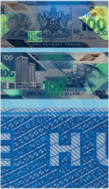
Local Bird featured on the 100 dollar Bank Note
The Bird of Paradise (Paradisaea apodo)
The Bird of Paradise is one of the most beautiful wild birds in existence. A native to the isle of New Guinea, these exotic avian graces our one hundred (100) dollar note. These birds came to our shores through and English coca estate owner who attempted breeding them in Little Tobago in the early twentieth century. In 1928, he handed over both the birds and the island to the Government and people of Trinidad and Tobago. To date, Little Tobago is the only place where the Bird of Paradise exists outside of its natural habitat of New Guinea.
